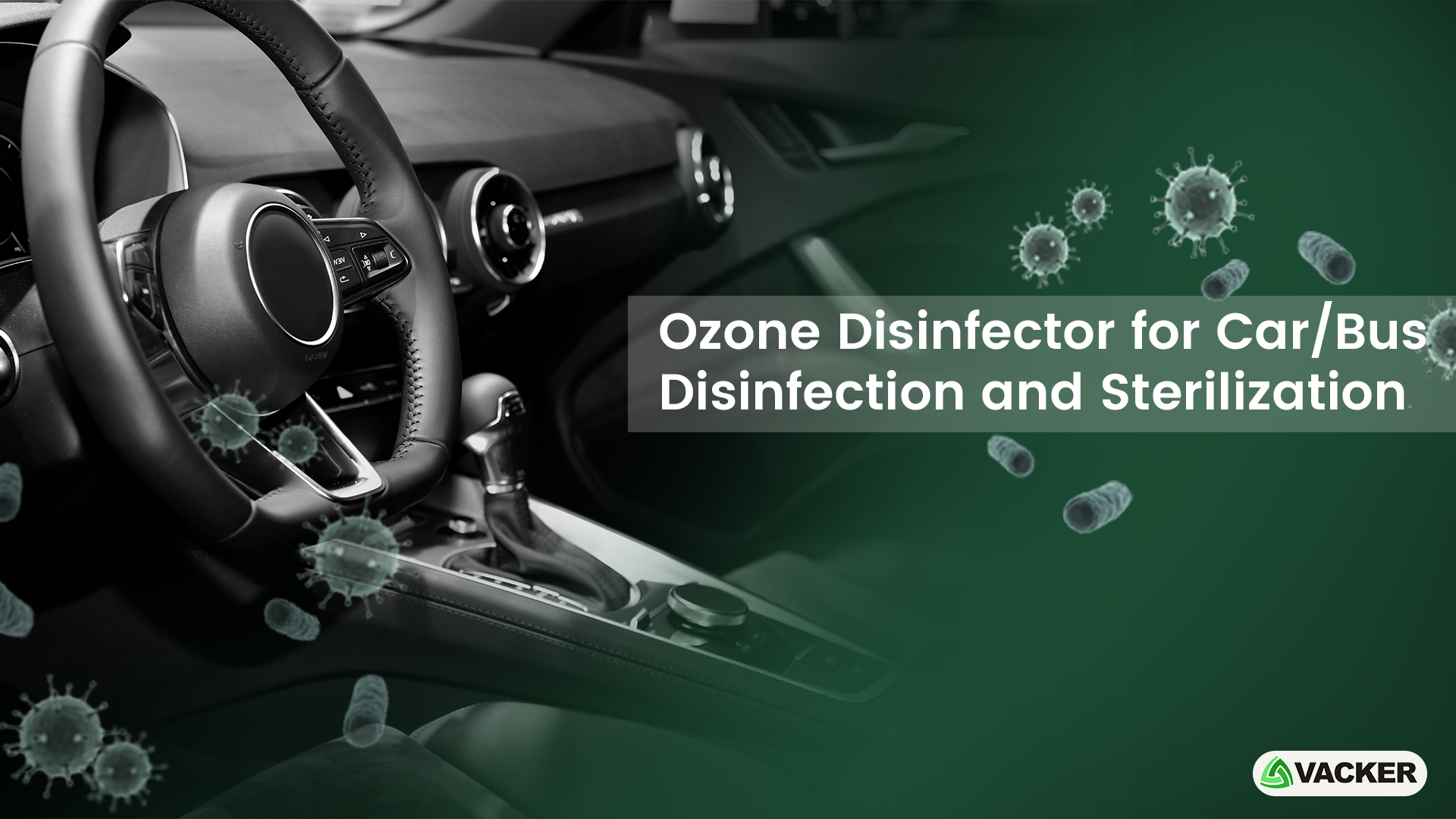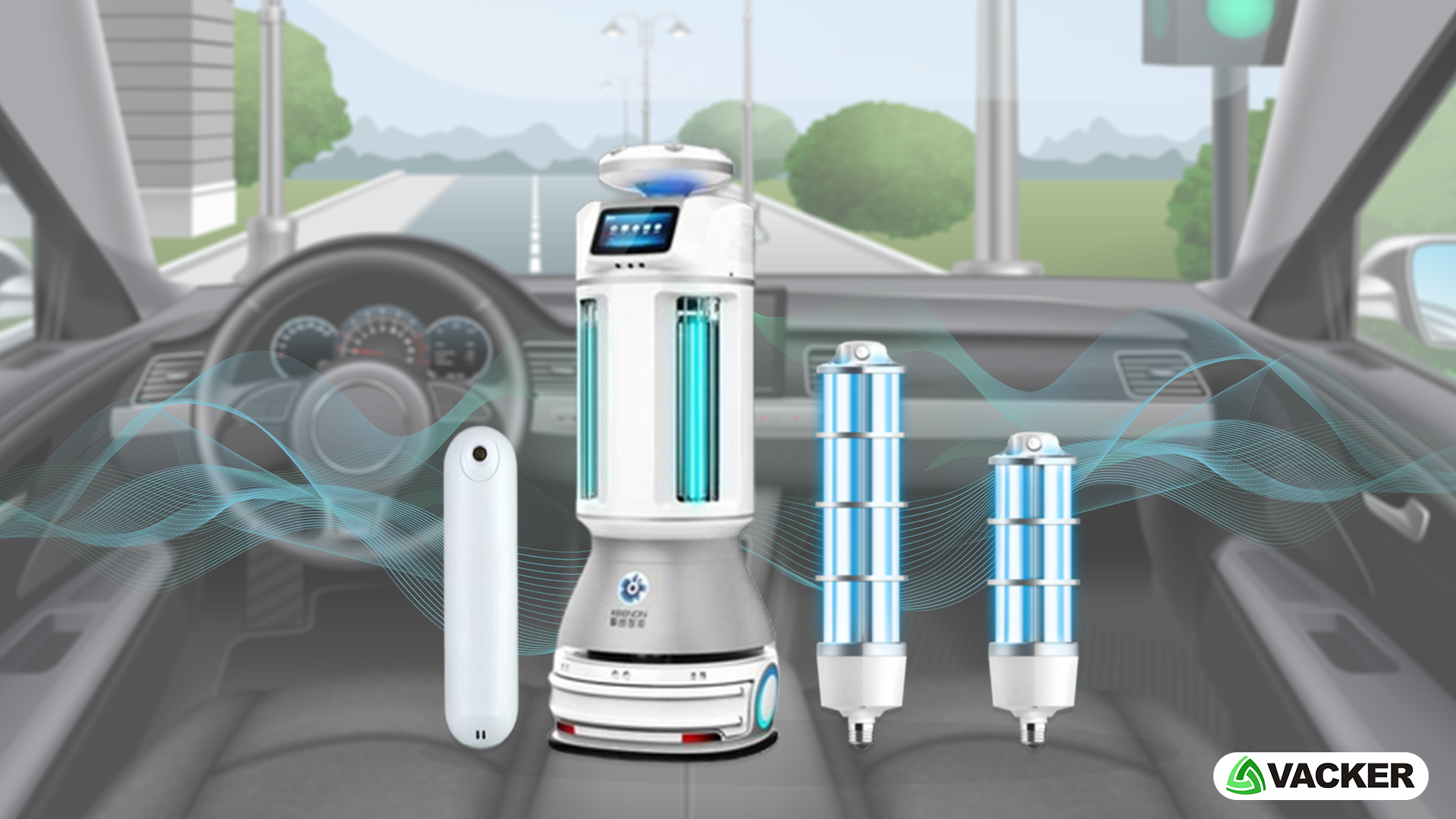
Every day, a diverse range of people touch the bus stop rails, seats, and windows, some of whom have blown their stuffy nostrils or failed to wash their hands after using the restroom. Even persons who are sick with viruses (Norovirus, Influenza, SARS, or Coronavirus Covid-19) can spread infectious pathogens in their environment by simply touching things or generating the tiniest virus-containing droplets. We’re all aware of the consequences of disinfection and sterilization!
Here in this blog, we will talk about a special kind of Disinfector; Ozone Disinfector that will help decrease the risk of infectious disease tremendously.
All about Ozone disinfection and sterilization

Ozone is a natural element in the atmosphere that is created when oxygen molecules are split by ultraviolet light. It has been used for a long time as an alternative to chlorine for disinfection and sterilization. Ozone Disinfectors work by releasing ozone into the water through a small hole in the bottom of the tank or container. The ozone kills bacteria, viruses, and other pathogens which cause disease. Ozone is a powerful oxidizing agent that can be used to disinfect and sterilize surfaces. It is a gas that has three oxygen atoms and it is created by the process of electric discharge. Ozone has been used for many years in water treatment plants, hospitals, and other places where sterilization is needed. Ozone can be used to disinfect and sterilize surfaces in cars, buses, trains, planes, etc. It does not leave any residue or toxic chemicals behind like other disinfectants do. Ozone also does not have any harmful effects on humans or animals because it only affects the surface of things. Ozone disinfection systems are more cost-effective than other chemical sterilization methods because they do not require any chemicals or consumables. They also have a lower environmental impact because they do not produce any hazardous waste or emissions.
The disinfection and sterilization process with Ozone is a critical step in areas that come in contact with a multitude of people. It has numerous advantages such as:
1. Does not imply disinfection personnel (e.g. overnight)
2. Also appropriate for unplanned, quick deployment
3. Works in difficult-to-reach areas that are frequently inaccessible to mechanical cleaning procedures.
4. Chemical-free disinfection with no residue
Overall, there are many different disinfecting technologies that can be used for car/bus disinfection and sterilization. The choice of which technology to use will depend on the type of surface, the type of contamination, and the desired outcome. Contact us today to implement or learn more about fleet disinfection! We offer many other air purifying services including clean rooms and hospitals. Please visit VackerGlobal to find out more about all of the air engineering solutions.
Leave A Comment